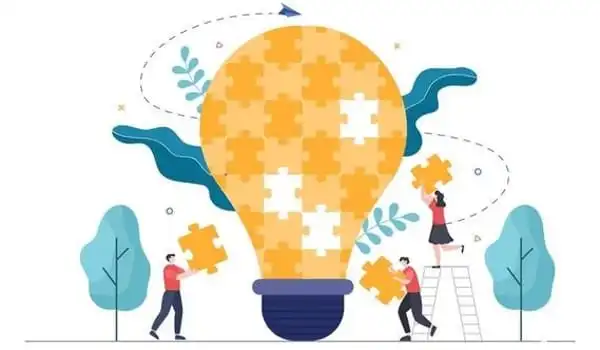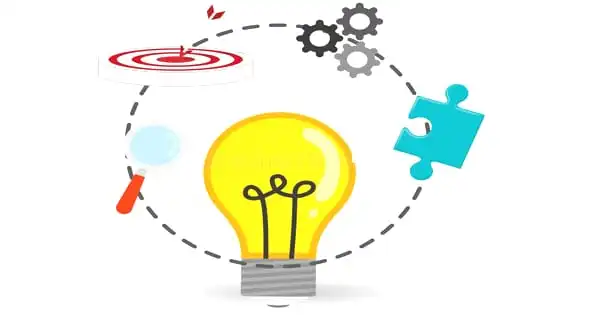People’s social behavior varies depending on the situation. A generous buddy may be a ruthless coworker, for example. Using a game theory framework, researchers discover that context-dependent behavior does not prevent cooperation from flourishing, especially when behavioral tactics can’spillover’ between social environments.
A person who is giving and caring at home may be ruthless at work, aiming to make the most sales or rise up the corporate management ladder. In a similar spirit, a self-centered neighbor may be a model of charity on Twitter.
It’s a common element of human society: people might adopt different behaviors based on the social setting in which they find themselves. Yet, according to a new study published today in Science Advances by Penn biologists, context-dependent behavior tends to encourage the development of cooperative conduct across an entire society.
Using game theory-based models, the researchers show that collaboration is especially encouraged when there is possibility for “spillover” between domains. In other words, when selecting how to deal with a coworker and others in the job, a worker can watch how that person interacts with her friends.
“We studied small and large groups,” says Joshua Plotkin, a professor in Penn’s Department of Biology and senior author on the new paper, “and we find that the simple idea of conditioning behavior on the social context, while allowing imitation of behaviors across different contexts — that alone facilitates cooperation in all domains at the same time.”
“This demonstrates that the structure of relationships in many elements of our social lives can galvanize each other – for the benefit of mutual cooperation,” Plotkin explains.
We studied small and large groups, and we find that the simple idea of conditioning behavior on the social context, while allowing imitation of behaviors across different contexts — that alone facilitates cooperation in all domains at the same time.
Professor Joshua Plotkin
Since Charles Darwin, scientists have been perplexed by the conundrum of collaboration. Cooperation is undeniably important in human civilization, but biologically, it’s difficult to explain why people would give up anything in order to benefit others. Plotkin and colleagues have modelled and investigated this issue from a variety of perspectives, including how the structure of social interaction networks, the presence of memory and reputations, and the capacity for empathy, among other factors, influence the likelihood that cooperation will flourish in a group.
The researchers brought another subtlety into their analysis of strategic interactions in these new articles, lead by first author Qi Su, a Simons Postdoctoral Fellow at Penn: a multi-layered society in which players interact in various social domains. Actors in their model can pick different tactics to perform in different domains, such as being selfish in one and cooperative in another.
“For example, I engage with colleagues at work, I interact with family and friends outside of work, I interact with individuals online, and I interact with people offline,” Plotkin explains. “Each of those domains may have some internal structure — I may be closer to certain people at work than others — but the techniques I utilize in my relationships at work may differ from interactions in my personal life.”
Plotkin and his colleagues’ analysis in Nature Human Behaviour demonstrated that when these interactions take place in a model in which actors in a given context can only imitate other players’ strategies in that context, cooperation may thrive in one domain but selfish strategies win out in another. Overall, though, the likelihood of cooperation dominating in any one domain goes up as the number of social domains increases.
“Say there’s a cooperator in layer one, but the same guy selfishly takes advantage of others in layer two and obtains a lot of extra compensation from his behavior in layer two,” Plotkin says. “Overall, he appears to be a successful individual, and individuals in layer one may tend to mimic his behavior in layer one, resulting in cooperation spreading in layer one as a result of interactions in layer two. Depending on the network topology in each area, this dynamic may encourage cooperation in one domain at the expense of cooperation in another.”

When Plotkin and colleagues added an extra feature, domains tended to function synergistically, as investigated in the Science Advances research. In the model provided there, players could view what methods others were employing in the other layers, allowing them to copy strategies from one field of interaction and apply them to another.
“The results are particularly striking here,” Plotkin explains, “since several domains with spillover tend to enhance cooperation in all domains at the same time, even if cooperation would never expand in any one domain alone.”
In a population of six individuals engaging in a single domain, for example, about half of all conceivable interaction networks support the evolution of spiteful conduct – individuals who pay a cost to damage others. When the identical networks of six persons are used and the paired contacts are separated into four different social contexts, cooperation is favored to evolve for all network configurations.
“A similar process happens in far larger groups,” Plotkin explains. “When you have several domains, cooperation will tend to predominate, even if the benefit-to-cost ratio is tiny.” Su continues, “Context-dependent behavior may help us explain why human civilizations are generally highly cooperative, despite being densely connected.”
In addition to their modeling, the researchers examined empirical evidence from real-world interaction networks, which supported the notion that multi-layered social domains will lead to greater cooperation through “coupling” – when an individual’s strategy in one domain influences the strategy used in another.
Most models of cooperation imply bi-directional interactions, in which one person decides where or not to act altruistically to another, and vice versa. Plotkin and colleagues considered unidirectional interactions that are common in human society in a third related paper published last month in the Proceedings of the National Academy of Sciences: pure altruism, when one individual helps another without the possibility of receiving anything directly in return.
When the researchers included unidirectional interactions in their model, removing the possibility of direct reciprocity between pairings, they discovered that cooperation was still favored across most scenarios, a “really startling” result, according to Plotkin. He attributes this to a type of “third-party reciprocity,” in which trios of players develop, each giving in one direction but all benefiting. As a result, the overwhelming trend is for actors to collaborate.
Many real-world interactions are unidirectional, according to the researchers: during a pandemic, volunteer first responders put themselves in danger to help others; supervisors have the opportunity to support subordinates that cannot be reciprocated; and one can follow another person on Twitter without that person following them back. In the future, the Penn researchers intend to investigate how to interfere in a directed network to foster collaboration.














